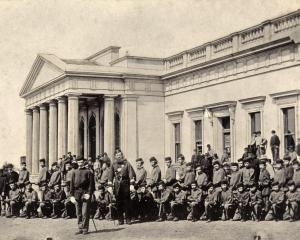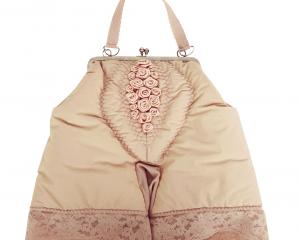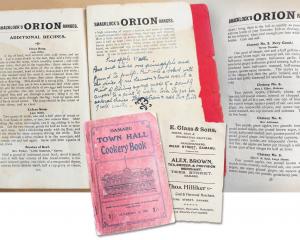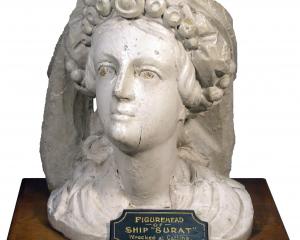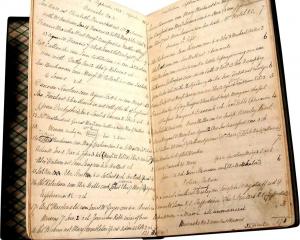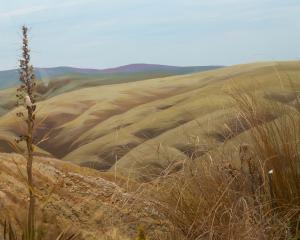In fact, Te Reo Maori defines poi as any ball or circular construction that is thrown, kicked or hit during a game or exercise.
Traditionally, poi accompanied patere, a chanted song composed to establish and emphasise the composer's self-respect, while challenging and overriding false statements spread around to destroy their reputation.
In more recent times, songs sung by poi performers generally portray travel imagery, referencing various significant destinations.
The poi pictured here are on display in the Tangata Whenua Gallery at Otago Museum.
The top two with longer cords are made of houhere (ribbonwood); the shorter ones are made of raupo (bullrush), a common material in many traditional poi.
Traditional poi were also made using taniko, a hand-weaving technique utilising dyed muka (flax fibre).
Today, poi used in kapa haka are generally made of plaited, coloured wool to form the handle with a plume at the end.
This is secured to the ball, which is covered with plastic and filled with synthetic material similar to what's inside stuffed toys.
Though poi performance is commonly seen as the domain of women, it is not a gendered practice traditionally, and there are many examples of male poi performers throughout Aotearoa.
Different types of poi can be used during performances.
These include one or two short poi, one or two long poi, or four long poi.
Short poi produce a percussive sound; a rhythmical array of beats are produced as the poi are twirled with the twist of the wrist.
Long poi are swung at length as a visual display of poi in flight, with circular movements of the arms in unison with each other.
See the poi featured here in the Tangata Whenua Gallery at Otago Museum.
Migoto Eria is curator, Maori at Otago Museum.




